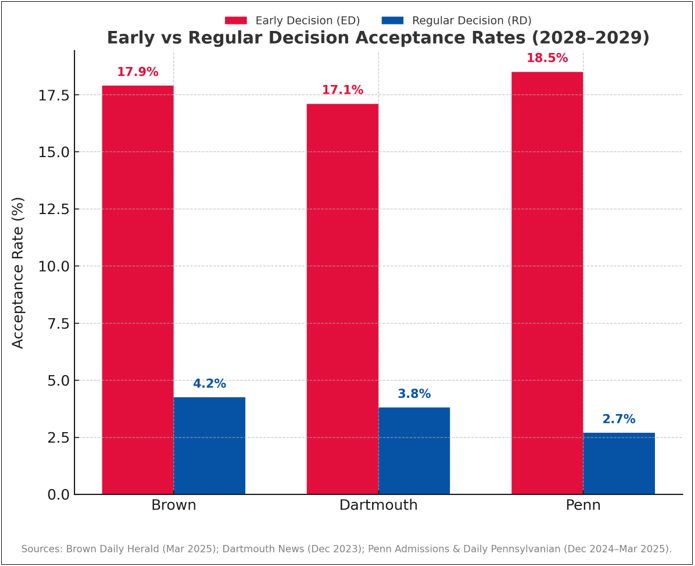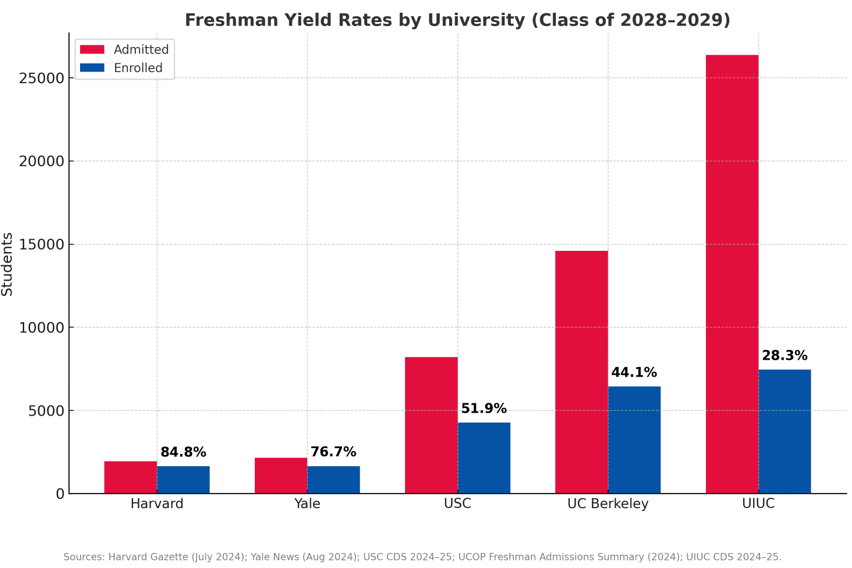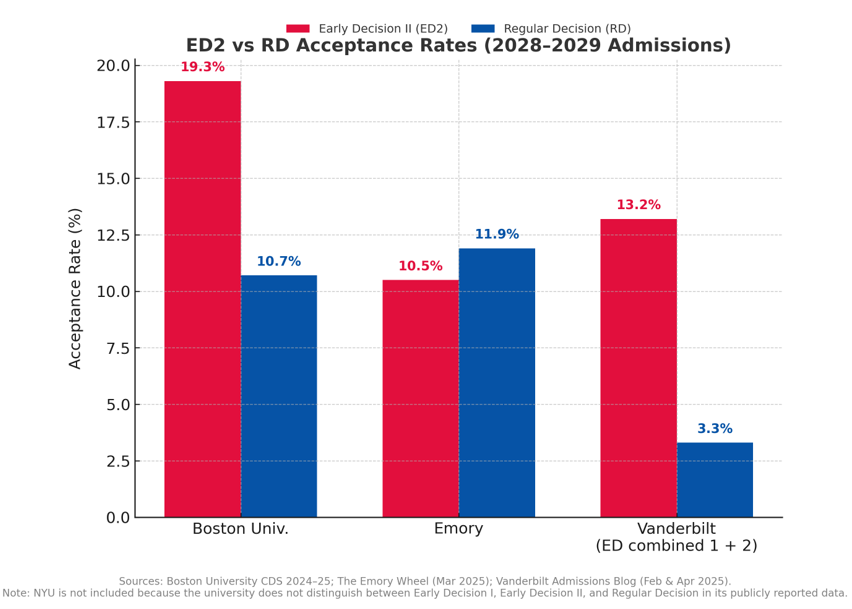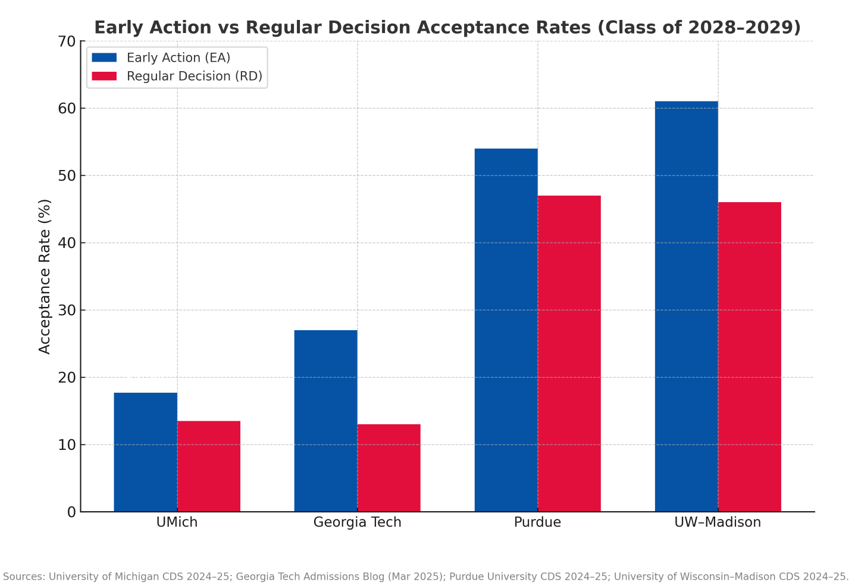Morbi quam odio, ultrices a libero sit amet, lacinia commodo quam. Curabitur sodales ornare ex, eu sodales elit venenatis non. Sed vitae placerat nisl. Proin congue euismod euismod. Quisque accumsan ut justo eu faucibus. Duis rutrum ex justo, id lacinia purus lobortis quis. Sed cursus sapien urna, nec laoreet libero gravida mattis.
Morbi quam odio, ultrices a libero sit amet, lacinia commodo quam. Curabitur sodales ornare ex, eu sodales elit venenatis non. Sed vitae placerat nisl. Proin congue euismod euismod. Quisque accumsan ut justo eu faucibus. Duis rutrum ex justo, id lacinia purus lobortis quis. Sed cursus sapien urna, nec laoreet libero gravida mattis.
Morbi quam odio, ultrices a libero sit amet, lacinia commodo quam. Curabitur sodales ornare ex, eu sodales elit venenatis non. Sed vitae placerat nisl. Proin congue euismod euismod. Quisque accumsan ut justo eu faucibus. Duis rutrum ex justo, id lacinia purus lobortis quis. Sed cursus sapien urna, nec laoreet libero gravida mattis.
Morbi quam odio, ultrices a libero sit amet, lacinia commodo quam. Curabitur sodales ornare ex, eu sodales elit venenatis non. Sed vitae placerat nisl. Proin congue euismod euismod. Quisque accumsan ut justo eu faucibus. Duis rutrum ex justo, id lacinia purus lobortis quis. Sed cursus sapien urna, nec laoreet libero gravida mattis.
Morbi quam odio, ultrices a libero sit amet, lacinia commodo quam. Curabitur sodales ornare ex, eu sodales elit venenatis non. Sed vitae placerat nisl. Proin congue euismod euismod. Quisque accumsan ut justo eu faucibus. Duis rutrum ex justo, id lacinia purus lobortis quis. Sed cursus sapien urna, nec laoreet libero gravida mattis.
Morbi quam odio, ultrices a libero sit amet, lacinia commodo quam. Curabitur sodales ornare ex, eu sodales elit venenatis non. Sed vitae placerat nisl. Proin congue euismod euismod. Quisque accumsan ut justo eu faucibus. Duis rutrum ex justo, id lacinia purus lobortis quis. Sed cursus sapien urna, nec laoreet libero gravida mattis.
The early deadline is coming up! This is a key time for seniors as they finalize their Common Application, personal statements, standardized tests, and letters of recommendation. It can feel overwhelming, but once those pieces are in place, students can take a breath and focus on finishing their applications with confidence.
Choosing when and where to apply early — whether Early Decision (ED), Early Decision II (ED2), Early Action (EA), or Restrictive Early Action (REA) — can have a major impact on outcomes. Each option comes with its own rules, benefits, and trade-offs, and understanding these differences can help students approach deadlines with clarity and purpose.
For most students, Early Decision (ED) is the best chance to get into a “reach” school. Because of this, we usually recommend that students strongly consider this option.
Acceptance rates can increase multiple fold compared to regular decision (RD).For example, many top schools admit significantly more students in ED compared to RD.

It comes down to yield rate. Yield rate is the probability that a student attends a university after being admitted. The most selective universities have the highest yields, and ED (being binding)gives colleges far more certainty about enrollment. Once they lock in ED admits, universities can confidently plan budgets, staffing, and logistics.

Not necessarily. The most common reason not to apply ED is when a preferred school doesn’t offer it. Some only offer Early Action (EA) or Restrictive Early Action (REA). The University of California system, for example, does not offer any early applications, so students prioritizing UCs often opt out of ED.
The main advice I give students: choose a school where you will have zero regrets if admitted. Some students want to take a “moonshot” with a top 10 ED choice, while others prefer a more conservative “target” school to maximize chances.
The key is distinguishing between a “reach” and a “super reach.” Even with ED, applying to a school well above a student’s profile is still highly unlikely to succeed.
We once had a student debating between Columbia and Boston University (BU) for ED. While they loved Columbia, their chances were slim. They also really liked BU’s program. The student chose BU, was accepted, and felt confident about their decision.
Early Decision II (ED2) gives students who were not admitted in the first round another chance to make a binding commitment. While it can sometimes offer a small boost, the advantage is usually less pronounced than in Early Decision I and varies widely across universities.
Data from the Class of 2029 show that the results differ by school. At some, such as Boston University, ED2 acceptance rates remain notably higher than Regular Decision, while others, like Emory, show little difference between the two rounds. Vanderbilt reports combined ED1 and ED2 data, which together yield higher acceptance rates than Regular Decision, though the first round likely accounts for most of that advantage.
NYU’s ED2 option is among the most popular in the country, but the university does not release separate data for ED1, ED2, or Regular Decision, so it is not included in the comparison below.

The benefits of Early Action (EA) vary significantly from school to school. At some universities, applying early offers a clear advantage; at others, the difference between EA and Regular Decision (RD) is relatively small.
For example, Georgia Tech admits about 27%of EA applicants versus only 13% through Regular Decision, showing a strong early advantage. By contrast, at Purdue University and the University of Wisconsin–Madison, EA offers only a modest improvement — around 7–15 percentage points higher than RD. At the University of Michigan, the difference is smaller still, with EA at 17.7% versus 13.5% for RD.
The strategy for EA largely comes down to time management. Once a student finishes their ED application, they can turn attention to EA schools. On average, students apply to 2–3 EA schools, though some do none, and others apply to several more. The most important factor is quality — rushed EA applications are rarely worth it. It’s better to wait for RD if essays or materials aren’t strong.

Restrictive Early Action (REA) is an alternative offered at schools such as Princeton, Harvard, and Stanford. Unlike ED, it is not binding, but it does restrict students from applying early toother private universities. This makes REA a strategic choice for students who want to signal strong interest to one school while still keeping flexibility.

There’s no one-size-fits-all strategy for early applications. Each option — ED, ED2, EA, and REA — serves a different purpose, and the potential benefits vary greatly by school. For some, an early application can double the odds of admission; for others, the difference is minimal.
What matters most is aligning the application plan with personal priorities and academic goals. Students should focus on the quality of their submissions, not the quantity of early deadlines, and use these early rounds strategically — whether to demonstrate commitment, secure a dream school early, or simply manage time more effectively. When approached thoughtfully, early applications can help students take control of an unpredictable process and start senior year with clarity and confidence.